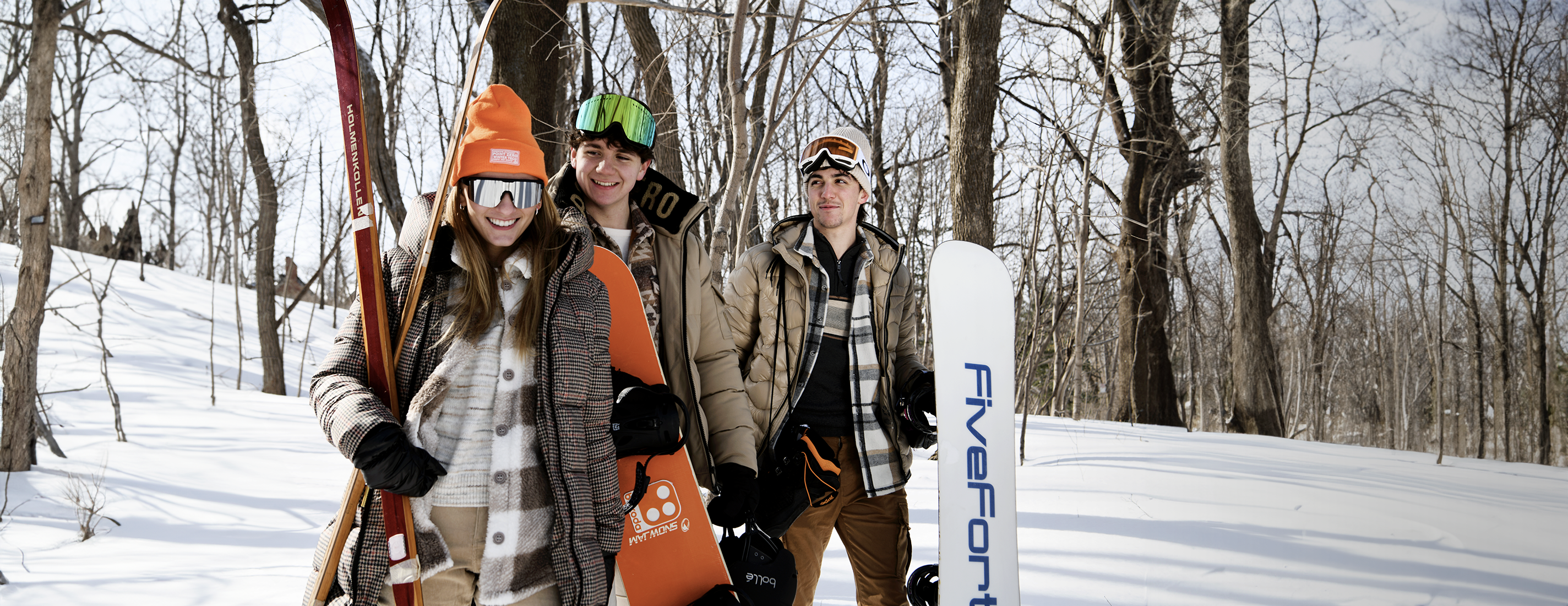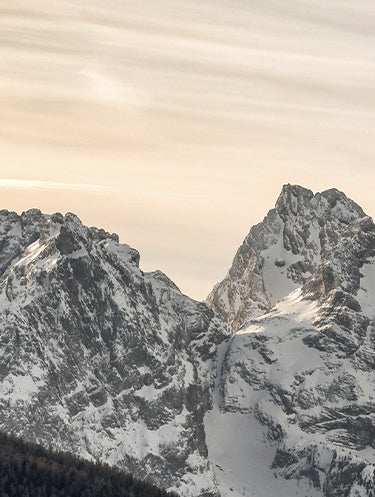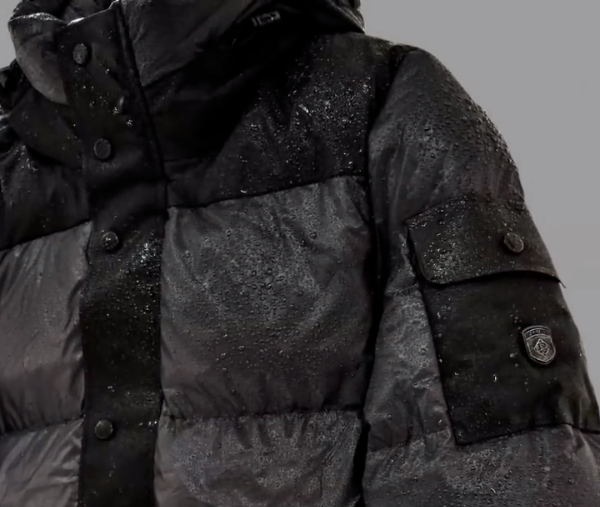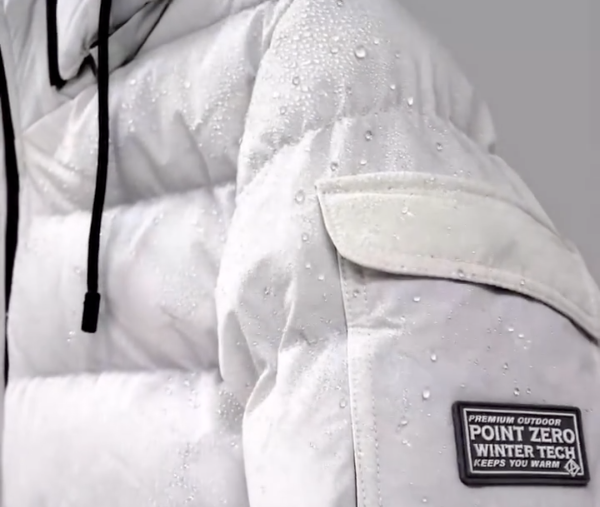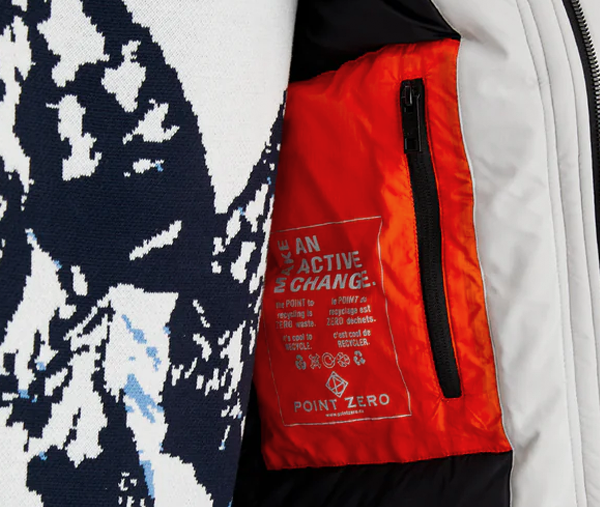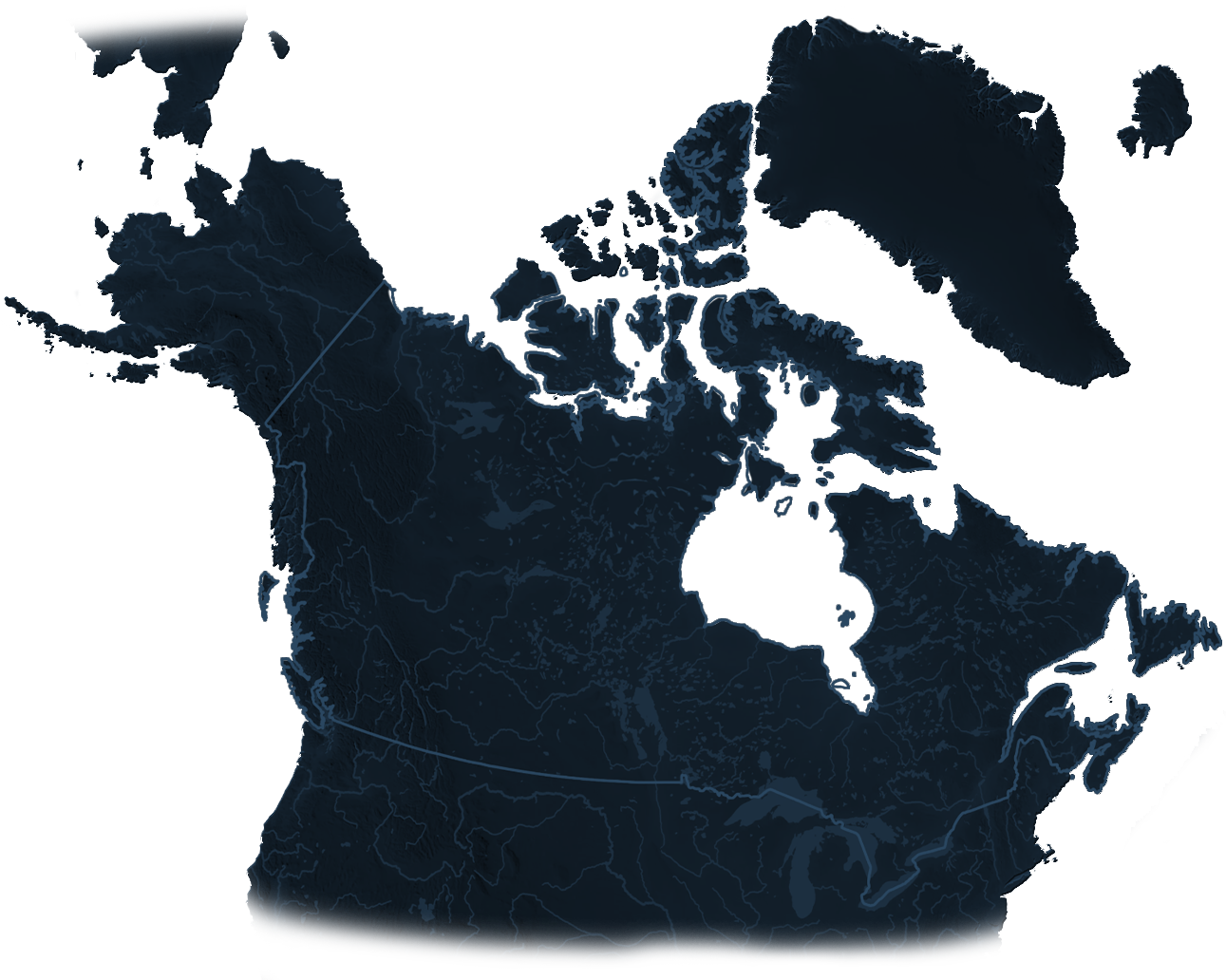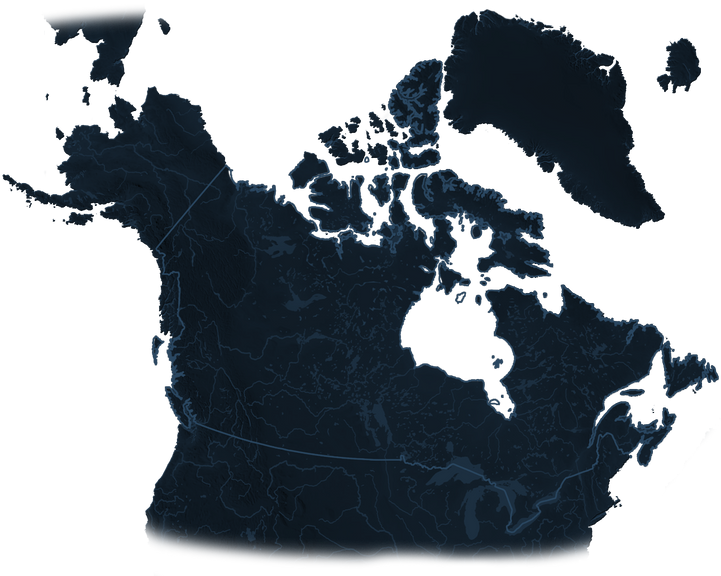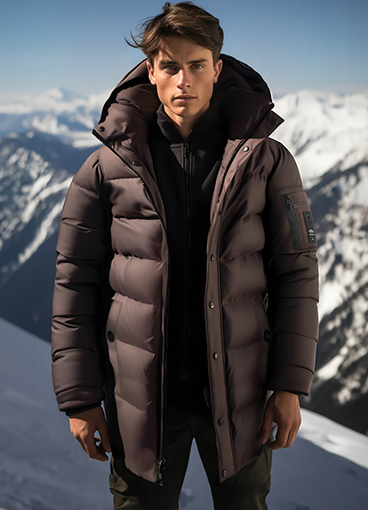The Canadian winter ! With its cold temperatures that can go down to -40°C, it can be a difficult season to live, especially since it lasts several months. To face it, it is important to be covered with a good outerwear. Depending on the season, you will live it differently.
As the centerpiece of the Point Zero collections, we place great importance on developing lines that combine comfort, technology and aesthetics. But choosing a outerwear is not a simple matter. The choice of materials and insulation? The technical aspects? The details that make up its composition? Or simply what will you use it for? So many questions to which we can obviously add your budget.
In order to help you make the best choice, consult this complete guide on the outerwear.
ASK THE RIGHT QUESTIONS ABOUT YOURSELF
– 1 –
ARE YOU AN OUTDOOR PERSON
OR A CITY PERSON?
– 2 –
ARE YOU LOOKING FOR A CASUAL COAT?
TECHNICAL?
VERSATILE?
– 3 –
TAKE INTO ACCOUNT :
- YOUR TOLERANCE TO COLD
- YOUR METABOLISM


COMPOSITION OF THE JACKET
Many elements come into play when you choose a winter coat. So, it is important to list the many details that make up its composition. Knowing this, you will be able to choose a coat that you know will provide warmth, comfort and convenience.
THE LENGTH
The length will also minimize the infiltration of the cold. The longer it is, the more you will be protected. A coat that covers the buttocks will be sufficient, and if it goes down to the thighs or even the knees, it will be ideal. Also, the length will give you more comfort in situations where you fall in the snow, slide off a sidewalk or when you have to sit on a bench.
THE PROTECTION
This is the outer layer of the coat. Its main function is to protect against snow, rain and wind, so it must be waterproof and water-repellent. But it also keeps the insulation in place and allows internal perspiration to circulate. It is generally made of nylon or polyester, the most common and least expensive cold weather insulation on the market. For regions with wetter winters, it is important to choose an adapted shell.
THE HOOD
A winter coat is hard to separate from a hood, especially since most of our body heat escapes through the head. However, with winters getting colder and colder, it's easier to do without. For this, a removable hood is ideal. Depending on the weather conditions and personal desire, it can be removed. A large adjustable hood will be best if you want to wear a hat and scarf with comfort underneath. Concerning the composition, fur (or fake fur) will be the best choice to block as much as possible the infiltration of snow in case of storm.
THE COLLAR
The collar protects your neck from the elements. The wind and the cold infiltrate very easily in the neck and a scarf is not always enough. For better comfort, choose a collar covered with fleece. This material is soft and protects perfectly from the cold.
THE ZIPPER
A zipper will be more effective against the infiltration of cold as opposed to a button closure. For optimal insulation and protection against the cold, choose one that goes all the way up to the collar and prefer YKK closures: they are more robust, resistant and comply with quality and safety standards. Also, choosing a double zipper will have a more practical aspect: by closing the inner one and leaving the outer one open, you will be more comfortable when entering interior spaces.
THE HANDLE
To fight effectively against the cold, choose sleeves tightened by elastic cuffs, drawstring, scratch or with snaps. The ideal is to have an extension where you can insert your thumb. Also, choose sleeves whose length exceeds your wrists, that will protect your hands better.
THE POCKETS
For the outside pockets, make sure they are lined and ideally lined with fleece to ensure maximum protection against the cold. You will have trouble warming up if your hands are cold. They must be large enough to hold your hands and your belongings such as your hat, gloves or wallet. In addition, it is also good to have large interior pockets to slip in your phone for example and thus have access to your headphones. For sports and mountaineering enthusiasts, pay attention to the location of the pockets and their depth.
INSULATION, THE MAIN FEATURE
WINTER NECESSITY
Our super warm iconic jackets feature modern style and
technology while never losing out on practicality.
Keep warm up to-30c
ECOLOGICAL DOWN
Synthetic is an imitation of down, with many qualities. It is more affordable, hypollergenic and easier to maintain than down. Moreover, it resists very well to a humid environment.
However, its insulating capacities are less high and it takes up more space in your luggage.
OUR RECYCLED OUTERWEAR COLLECTION
Why throw our plastic bottles into the ocean when we can make coats out of them?At Point Zero, we recover and shred high-tech recycled plastic and turn it into polyfill. The eco-down becomes ecological and sustainable, while keeping its ability to resist to extreme conditions. Zero waste goal!
INTERIOR AND EXTERIOR POCKETS
Our multifunction pockets are strategically placed to keep your hands warm and easily accessible. Lined with soft, insulating materials, these pockets serve as cozy hand warmers, ensuring your fingers stay toasty even in freezing temperatures.
WHICH AREA? WHICH CLIMATE?
Canada is a big country. From West to East, the weather conditions are not the same. The temperature, the humidity or the duration of the winter are all conditions that change radically from one region to another.
Accordingly, the choice of a winter coat will be different.
VANCOUVER
Temperatures minimum :
1°C
Humidity :
85%
Winter period :
December/February
MONTREAL
Temperatures minimum :
-25°C
Humidity :
80%
Winter period :
November/March
HALIFAX
Temperatures minimum :
-15°C
Humidity :
80%
Winter period :
Mid-December/Mid-March
WINNIPEG
Temperatures minimum :
-35°C
Humidity :
75%
Winter period :
Mid-November/Mid-March
EDMONTON
Temperatures minimum :
-35°C
Humidity :
70%
Winter period :
Mid-November/February
TORONTO
Temperatures minimum :
-20°C
Humidity :
72%
Winter period :
December/Mid-March
TO BE CONSIDERED
1
WEAR CLOSE TO THE BODY, TO MINIMIZE THE AMOUNT OF AIR INSIDE
2
THE LOWER CORDS MUST BE ADJUSTED TO PREVENT HOT AIR FROM ESCAPING FROM UNDERNEATH.
3
WE LOSE 80% OF OUR HEAT THROUGH OUR HEADS
A STYLE FOR ALL CONDITIONS... AND ALL TASTES
THE PARKA
The Parka is the most popular winter coat. It seduces by its cut, its fabric and especially its hood, generally covered with fur or fake fur, which allows to keep your head warm and to give a more fashionable look.
THE PUFFER
This coat also called "down jacket" is a must-have for winter. Although keeping warm, it is especially popular for its fashion aesthetic that the fashion world has modernized for several years.
THE LONG PUFFER
Presenting itself as the long version of the puffer, it allows to be completely protected from the cold up to the knees. Since more recently, it is very coveted by fashion followers.
THE BOMBER
Similar to the Parka, the Bomber is defined as a short coat, reaching the waist. With a more fashionable cut, it is no less warm, thanks to its elastic belt that prevents the cold from getting in.

